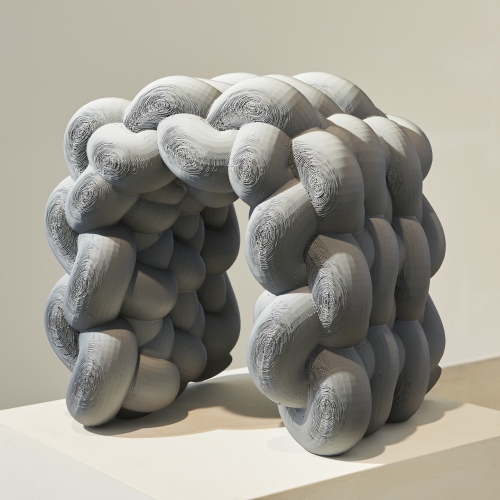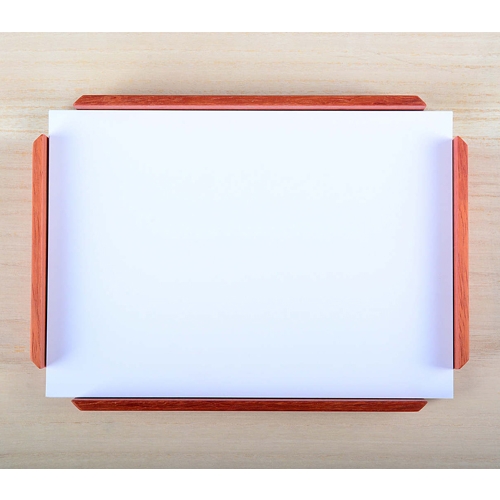Yang Seungjin creates chairs and lighting designs by blowing balloons. His ‘Blowing Series’ has a unique charm, amassing the characteristically rounded shape of balloons, the visual tension produced by balloons’ fragility, and the strength of the multilayered epoxy. He has participated in various other projects involving custom-made furniture, furniture for exhibitions, and cooperative work with brands, and continues to establish his own style. When I visited his workroom for this interview, I noticed the squashy, vibrantly coloured balloons that hung from the ceiling, resembling a delicatessen displaying their sausages. I met Yang in a place surrounded by industrial-grade noise-cancelling headphones, dozens of cans of epoxy, and boxes of balloons.
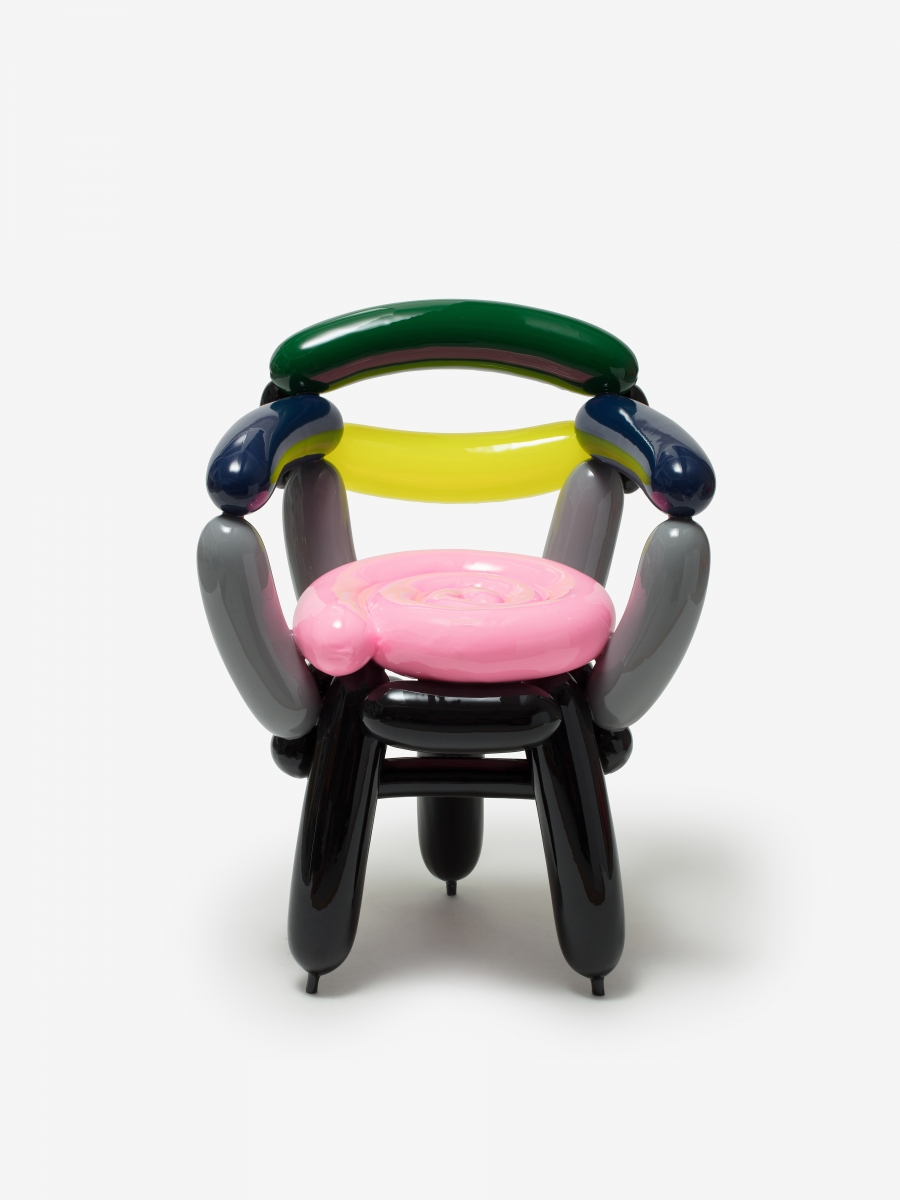
Yang Seungjin, Blowing Chair2, epoxy resin on balloon, 58×48×65cm, 2018 (©Ji Yohan)
Interview Yang Seungjin × Choi Eunhwa
Choi Eunhwa (Choi): As you make chairs and lighting with balloons, you must notice differences in the manufacturing process compared to making ordinary furniture.
Yang Seungjin (Yang): I blow the balloons to create components that reach my preferred size and length, and after I bend or twist them to the intended shape I can create the furniture by hardening these forms with multiple layers of epoxy. Unlike methods such as cutting wood or adding clay, it is difficult to estimate the final size and shape of these forms. When I am going for something new, I create a mock-up by using sketches, rendering, and using small balloons before I produce it at actual scale, but even then, I sometimes end up with unexpected results regardless of how meticulous I am during the preparatory stage.
Choi: In the previous interview, you revealed that you ‘placed more significance in the manufacturing techniques, such as blowing and forming shape, than in the use of a new material such as a balloon’. What value do you see in this manufacturing technique?
Yang: A balloon may retain its shape and lustre for a day or so, but soon it loses air and its shine. It all began with an attempt to preserve its original state after being blown into. By applying epoxy onto the balloon, not only was I able to preserve its shape and brilliance but also the empty space within. I wonder if making furniture with balloons can also be seen as making furniture with empty space. The idea of negative space is of great significance to my work. If there is another material that allows me to create form by blowing, I could turn to these alternatives. If the formal aspect of the balloon material was my only interest, I could have realised this with other materials as well. However, the focus of my work rests with empty space.
Choi: Do you use off-the-shelf balloons?
Yang: Yes, they are common, ordinary balloons. I mainly use two types of balloons: I use balloons of a small diameter to create stools and lighting, and balloons with a large diameter – the largest diameter that one can get from the market – to create armchairs.
Choi: The fact that you use ordinary balloons suggests that the core component size is already fixed. How does the use of off-the-shelf products affect your work?
Yang: Admittedly, I do have an interest in attempting projects on a larger scale. I sometimes wish for wider balloons so that I can try out other kinds of projects. However, there are more benefits with the present method. The balloons that I use currently are perfect as a module. The length of three connected balloons reaches a width that perfectly fits that of a human. I once tried combining four balloons, but eventually I decided not to because it wasn’t aesthetically or practically meaningful. In this way, the width and length of these balloons act as standards by which to manufacture furniture.
Choi: Your ‘Blowing Series’ began with lighting design and progressed to chairs. How do chairs and lighting differ?
Yang: I aspire to create the simplest work of furniture by using the least amount of material. For a chair, there are necessary elements such as the seat, the back support, and the extension of the legs. In a way, these aspects might be seen to be restrictions, but from my perspective, they are the foundation for designs and the standards for judgment. Because of this, when I add a certain element to a chair, I know whether it is an ornamental feature or not. On the other hand, there are not as many restrictions for lighting, and so it requires greater contemplation. For the lighting, the design began from the thought of wrapping up the bulb in the simplest way via a coil. I want to try out other approaches to lighting, but it is not easy as it often ends up being overly forced. There is another difference in terms of the manufacturing process. While lighting usually requires about five layers of coating, chairs require ten as they need to be much harder. While lighting takes about a week to be manufactured, chairs take two weeks.
Choi: I was surprised to find the stool and armchair with just three legs. The balloons already look so tense and ready to burst, and the lack of four legs exacerbate this feeling, particularly in terms of composition.
Yang: It didn’t need four legs, so I made three. Actually, if there are four legs, the chair can only be stable when the floor is completely flat. However, when there are only three legs, the chair only needs to have its three ends touching the floor, and so it is actually more stable this way. As such, the stools and armchairs that I worked in the early stages all have three legs. However, because the contact area with the floor was quite small, the chairs tended to collapse. Therefore, I later added chairs with four legs. As before, however, I continued my minimalistic design to keep only the most essential elements of a chair.
Choi: You create furniture with core components that feature empty space, rubber balloons, and multiple layers of epoxy. What about its integrity?
Yang: First, the hardness has been much improved compared to the early stages. There is a danger of breaking if the furniture was to be dropped or to suffer significant impact with another material, but such cases of damage are usually quite rare. Furthermore, as long as the furniture is not completely destroyed, repair is still possible. In fact, a repair service is provided when a piece of furniture suffers partial damage or when something breaks off. Because all components are built with one material, the furniture is resistant to change or distortion. It is also rain-resistant, and because it doesn’t rot like wood, it is much more durable. However, its colours might change a little as in the case of other materials when exposed to UV light. Also, when exposed constantly to a certain high temperature, the components may turn a little soft, but they turn hard again once they are cooled. Because of these reasons, I don’t recommend them for use out in the open.
Choi: Since 2013, you have pursued this project using the same techniques and materials over the past 7 years. Have you experimented in ways other than those explored in the ‘Blowing Series’?
Yang: Because I am currently doing everything from design to manufacture, I feel that a new project right now might be unfeasible. I tell myself, ‘I will go for a new project when it is time’, and sometimes I feel lazy about doing it! But I am continuing to experiment with various methods. Because I prefer not to reveal anything that is more personal, the ‘Blowing Series’ is the only thing that officially exists. As of now, I am more inclined to develop this project even further, and to establish a stronger foundation for it.
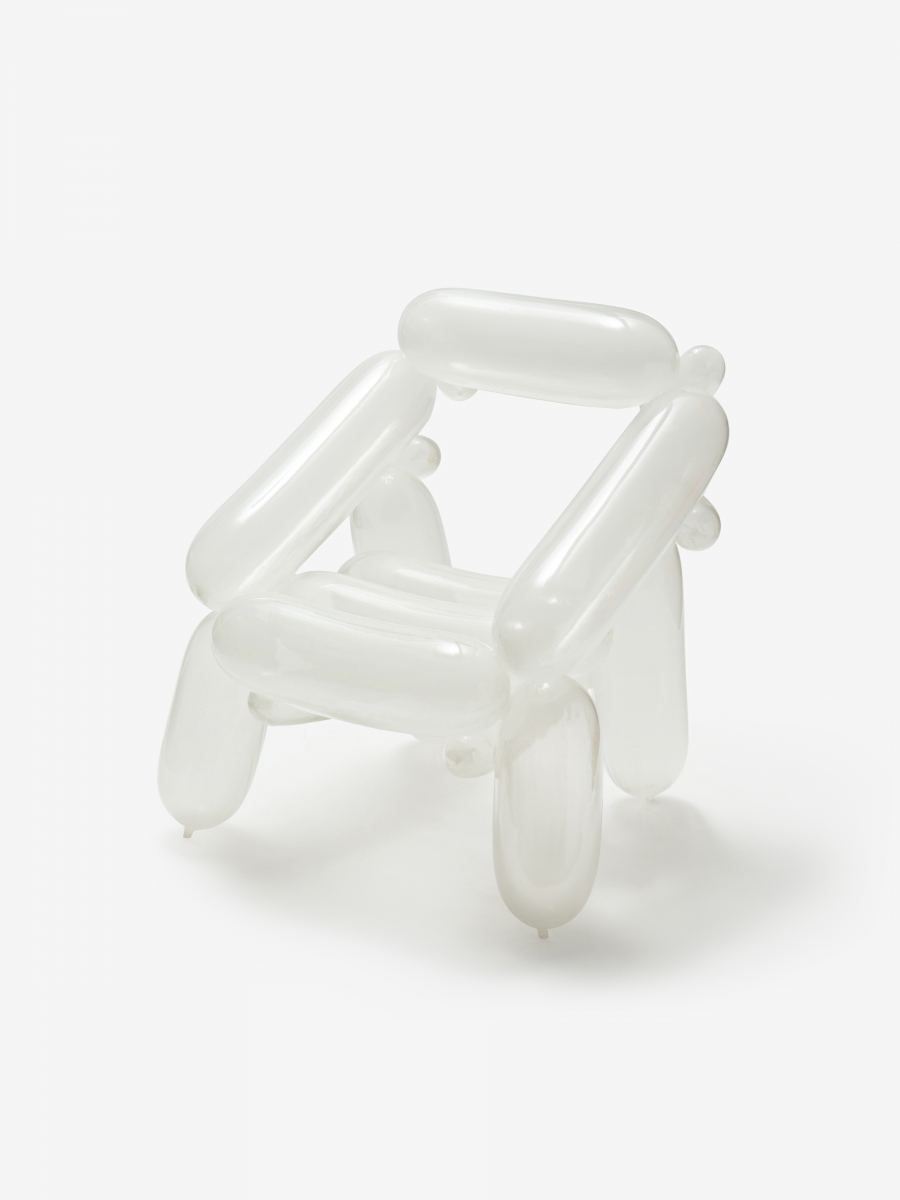
Yang Seungjin, Blowing Armchair2, epoxy resin on balloon, 75×72×75cm, 2018 (©Ji Yohan)
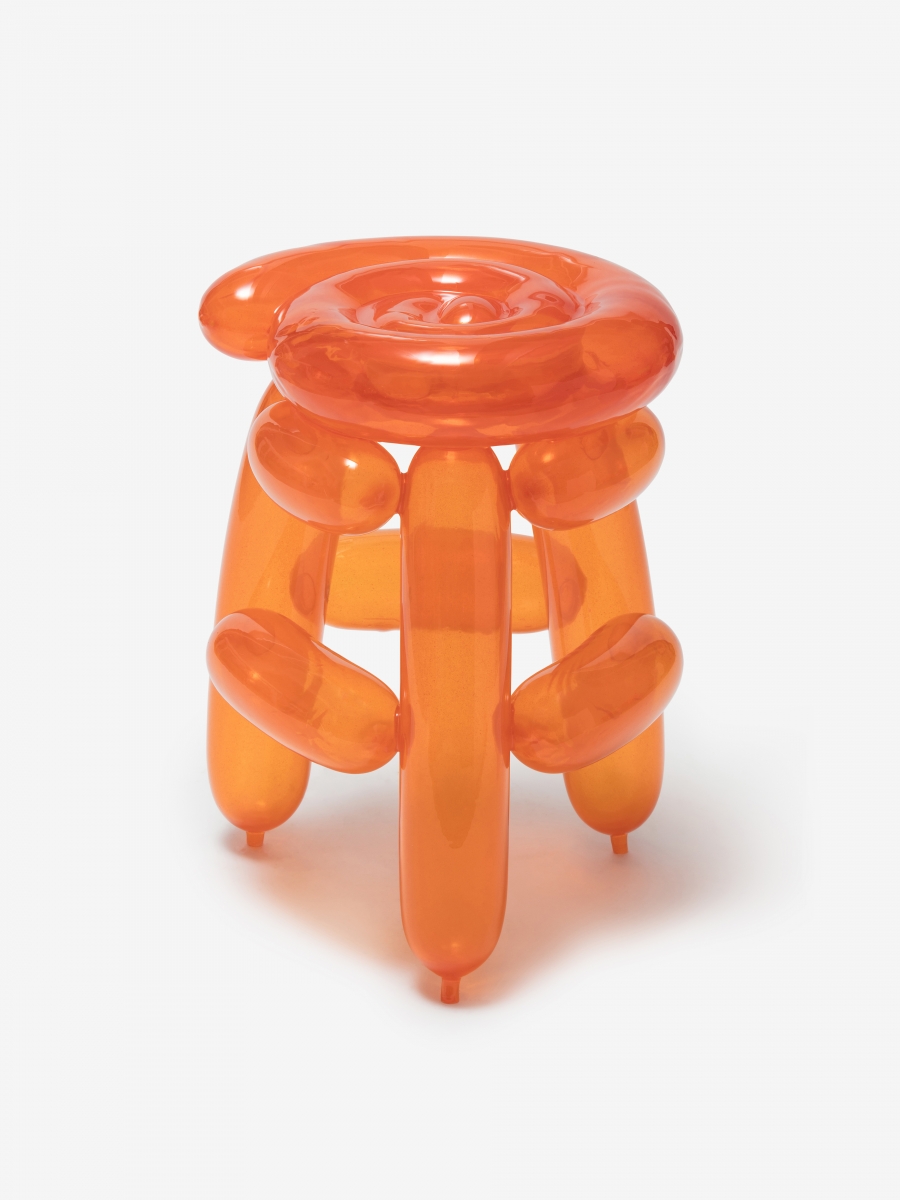
Yang Seungjin, Blowing Stool1, epoxy resin on balloon, 38×38×48cm, 2018 (©Ji Yohan)
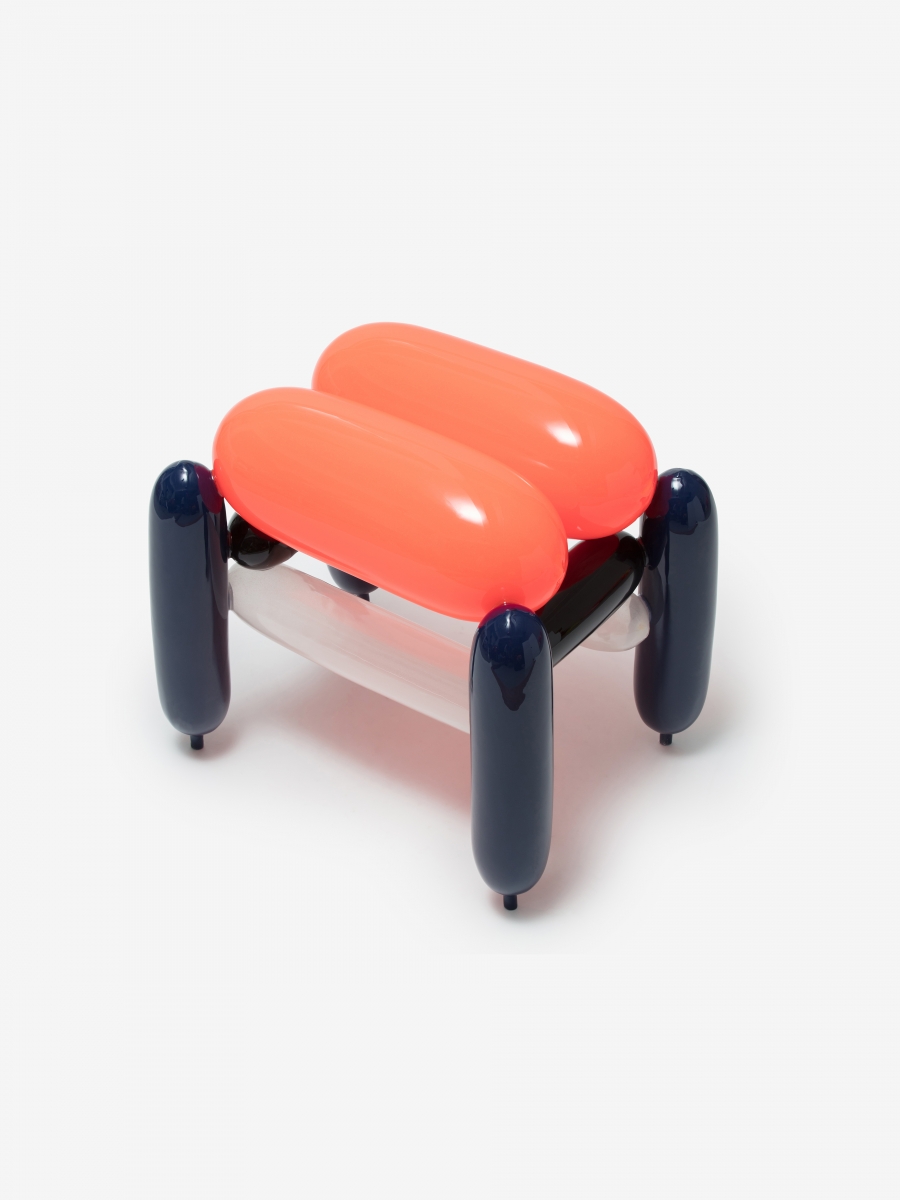
Yang Seungjin, Blowing Stool2, epoxy resin on balloon, 50×37×46cm, 2018 (©Ji Yohan)
www.seungjinyang.com






